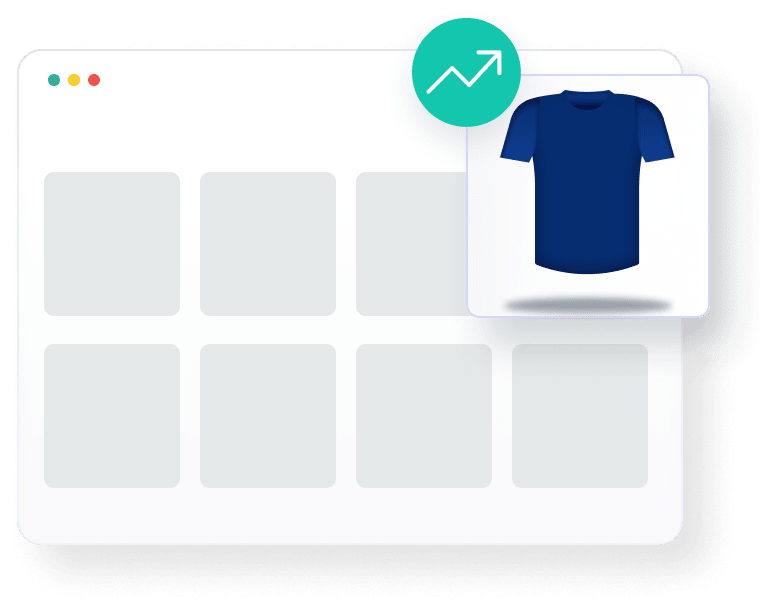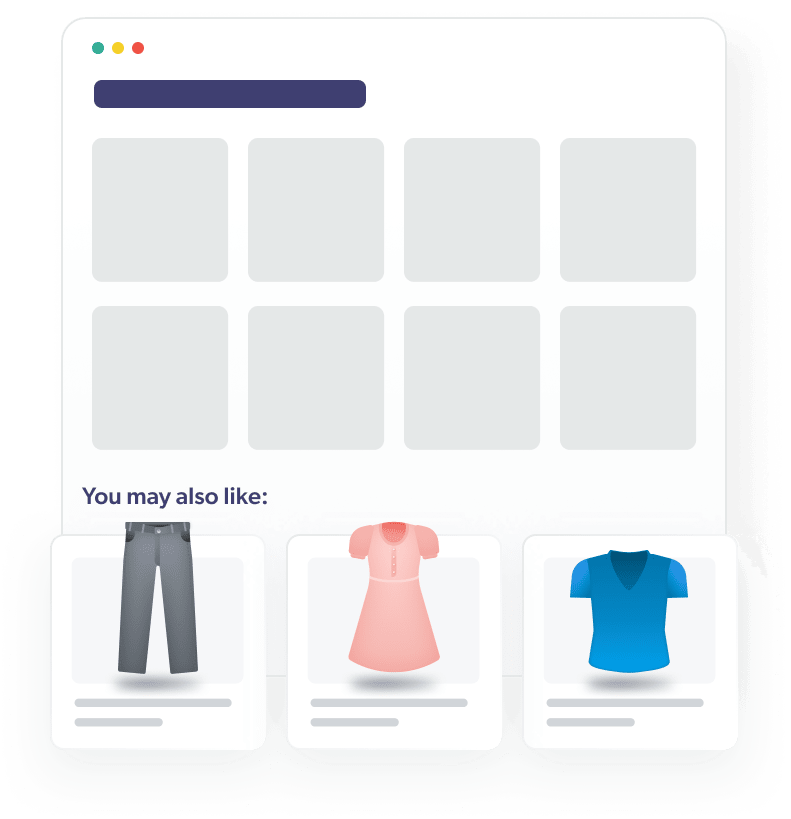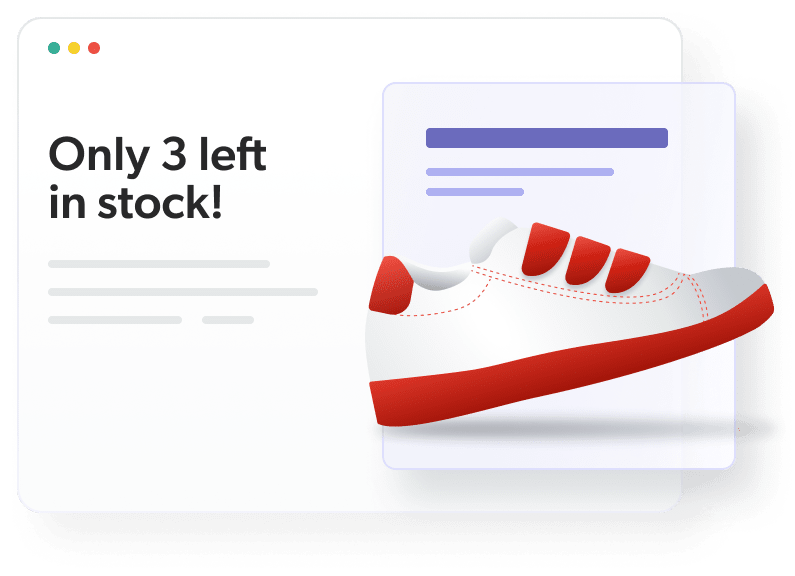Consumer expectations have evolved. According to Accenture’s personalization pulse check, 91% of respondents were more likely to shop with brands that recognize, remember and provide them with relevant offers and personalized recommendations. With 84.1% of a brand’s customer base purchasing only once, more needs to be done to deliver a relevant experience with the right content for each visitor, otherwise, they will look elsewhere.
To better understand the importance of integrated personalization – let’s explore Benedict Evans’s definitions of retail: as both logistics and tastemaker. Logistics retailers offer speed and convenience with solutions like click and collect, next day delivery and bulk discounts. Tastemaker brands, on the other hand have a uniqueness that cannot be replicated elsewhere, one which outweighs mere convenience. They have an authenticity and brand experience that makes them unique.
Tastemaker brands are leading the way in terms of personalization strategy, as they look beyond meeting short term metrics to providing a truly tailored customer experience.
Taking the First Step To Personalization
Fully integrated personalization is not something that can be achieved overnight. It requires real investment, in both technology and human resources. It also requires putting the customers at the heart of your strategy.
At Coveo-Qubit, we see personalization as a journey with three main stages: modernize, accelerate and transform. Coveo-Qubit’s domain expertise in retail, travel and online gaming allows us to focus on how personalization works in each of these verticals and what how to best take organizations on their journey to integrated customer journeys.
In this blog, we will discuss what personalization looks like at each step in the journey, what resources will be needed, and examples of how certain capabilities can be utilized at different levels.
Modernize: Prove Value With Personalized Experience
The first stages of personalization tend to be the responsibility of the ecommerce team. The primary aims are to establish best practice: increase conversion rates, boost revenue, and improve customer satisfaction. Success can be measured through revenue per visitor (RPV) and return on the investment (ROI) you’ve made in technology.
When you decide to modernize your personalization program you require automated, quick-to-implement and fast-time to value solutions. The investment in both technology and people should be low, ensuring you can pilot personalization without biting off more than you can chew.

Social Proof As a Tool
Social proof is a capability that is available at this level of personalization, deployed as a blanket tactic to all site visitors.
For example, for a clothing brand, a badge can be displayed on the product landing page stating that “this product is trending”.
Accelerate: Address Industry Challenges With Personalization
At the acceleration stage of the journey, in-depth knowledge of the customer journey and an understanding of your personalization priorities is required. You will need to move beyond the siloed approach to ecommerce, as CRM and customer loyalty teams will need to be involved alongside technical teams.
The primary goal is no longer to just increase order value and conversion rates for a single visit. Instead, the aim is to be able to promote repeat purchases and boost the customer’s lifetime value.
The focus also shifts from delivering best practice to overcoming specific business problems. In fashion, for example, a common issue may be returns, while beauty customers may struggle to find make-up or skincare that is catered to their specific needs in large product catalogs.

Moving Towards Individualization On a Large Scale
To reinforce the central role of the customer in your strategy, your brand will have to fully integrate personalization across the business. A strong collaboration between technical, e-commerce, CRM and commercial teams is needed to implement this effectively. If properly executed, personalization will meet the strategic needs of your business and delivered significant impact on customer lifetime value.
Today’s consumers expect a higher standard of engagement and personalized content from retailers than just discounts and blanket marketing; they want to be inspired and to have a truly personal experience from a brand they trust.
As we move beyond the segmentation towards one-to-one personalization, Brendan Witcher said in an interview at ShopTalk Las Vegas: “Lots of companies are moving towards individualization. How do we become single customer-obsessed as opposed to customer base obsessed?”
In many cases, machine learning is required to curate the sorts of personalized journeys many brands desire. In order to be successful, 1:1 personalization on a large scale must rely on data that can add real-time contextual information throughout the customer journey. The technical and data teams will have to use one or more systems to collect the information needed, based on the history between the individual and the brand.
Achieving true personalization lies in the transformation of a company’s culture and how it implements particular technical solutions. These solutions, based largely on data, will help you strengthen the customer-centric approach to your strategy.

Segmented, Omnichannel Social Proof with Coveo-Qubit
With Coveo-Qubit, you can combine customer experiences to make personalization truly one-to-one.
You will still be able to display segmented social proof, as seen above, but this experience could be coupled with your ESP so that an email is sent two hours after a visitor has abandoned the site, displaying the products they left in their basket, as well as showing products that are also popular in their segment. In addition, you could add low-stock messaging to create urgency.
For example, the email could read: ‘The dress you had in your cart is trending in Paris, and it is low in stock for your size. Click here to buy now’.
Whether you’re just curious about personalization, or ready to take the next step; learn about the essential role that personalization plays in creating these enhanced customer experiences in our Ultimate Guide To Personalization In Ecommerce.
While you’re at it, learn how the best companies use personalization to drive customer engagement in our blog post How Adobe Experience Cloud and AI Deliver Best-in-Class Digital Experiences Together. And once you’re ready, why not familiarlize yourself with The Five Fundamentals of Best-in-Class Ecommerce Personalization?


